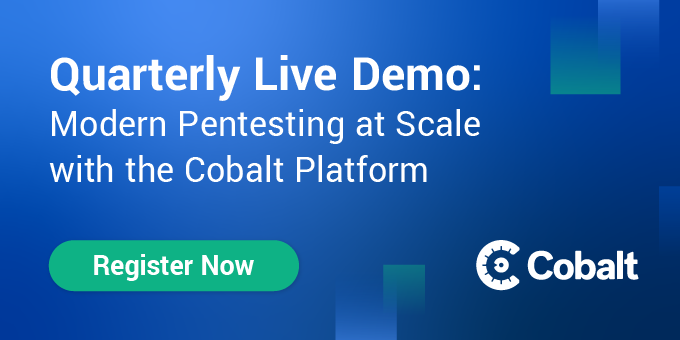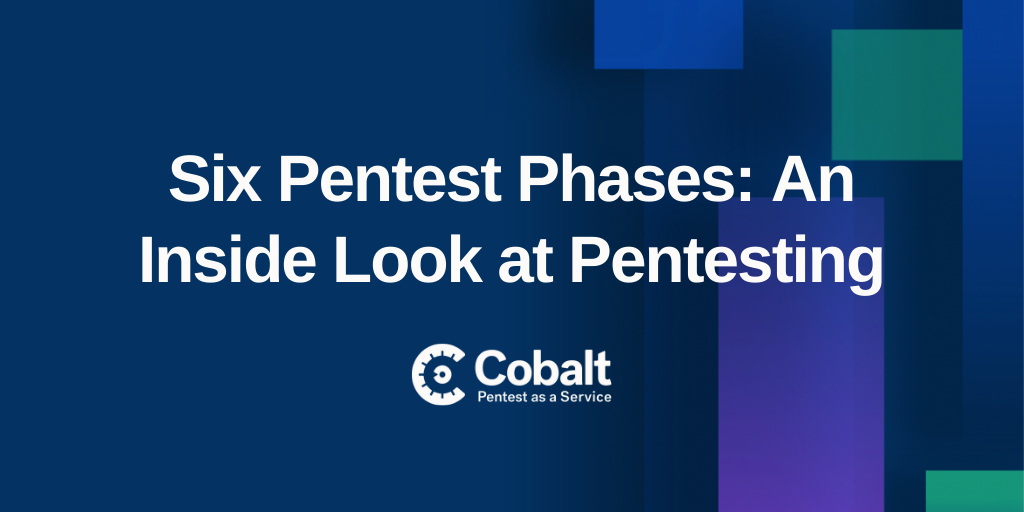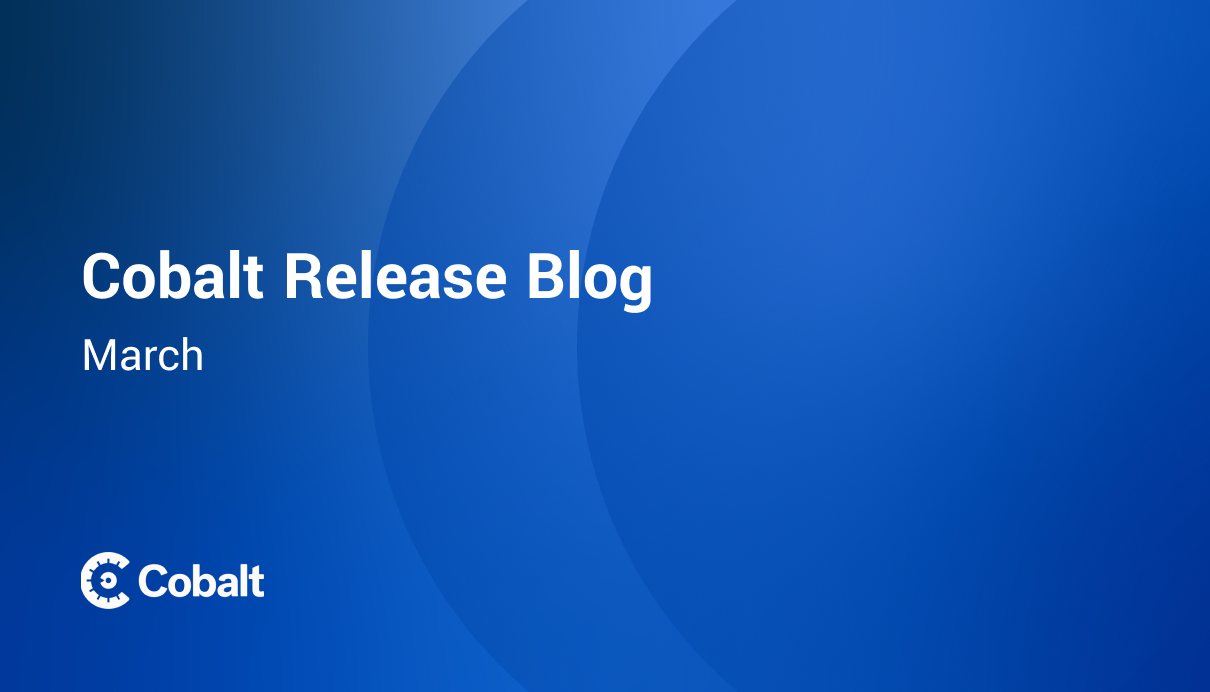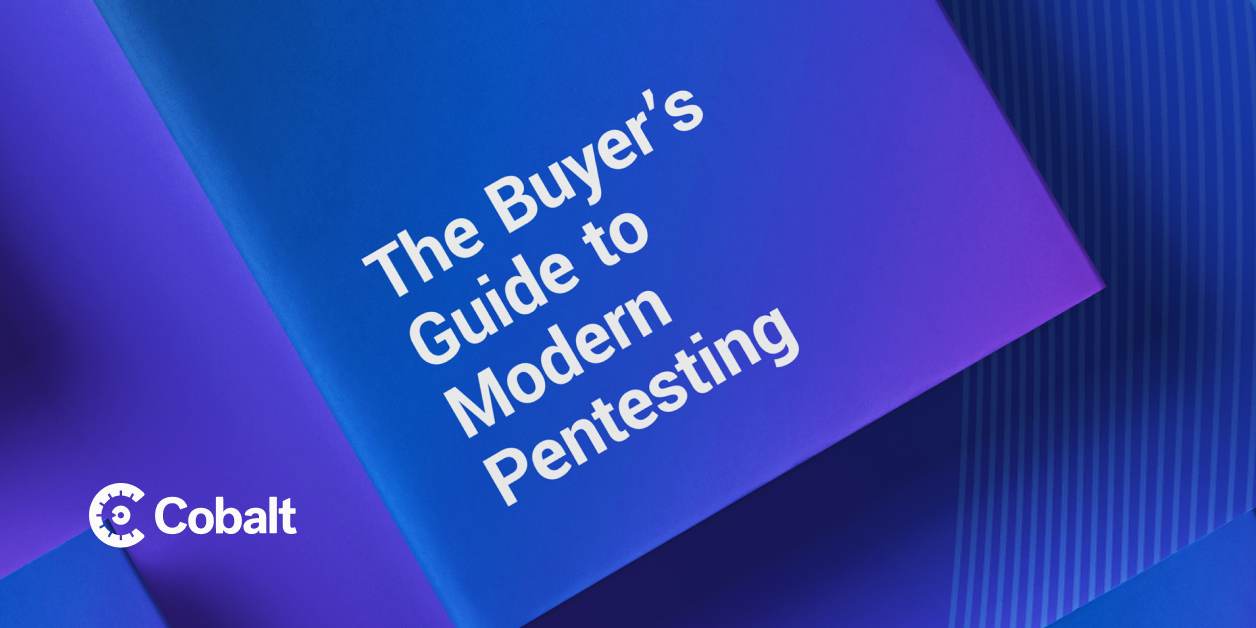In an evolving landscape, Google Cloud Platform (GCP) stands out with its comprehensive security model. It's designed to protect data and infrastructure. The layered approach used by GCP combines protocols, tools, and practices to ensure safety. The model focuses on aspects like identity management, data encryption, and secure communication. GCP also employs a shared responsibility model, requiring both Google and the customer to take steps to maintain security.
This model emphasizes that cloud providers must secure the cloud infrastructure itself. Yet, the safety of applications, workloads, and data within the cloud is a customer responsibility. This includes securing the applications, workloads, and data in the cloud. The level of customer responsibility varies based on the cloud service model chosen (IaaS, PaaS, or SaaS). This changes the level of control over the infrastructure stack.
Yet, risks and threats persist alongside the benefits of cloud computing. Thus, necessitating best practices for users to maintain a strong security posture within GCP.
What is GCP Security?
Google Cloud Platform (GCP) security is the practice of safeguarding cloud infrastructure. The model uses layers, designed with Zero Trust architecture to further enhance the platform's security.
Physical Security of Google's Data Centers
The first layer of this security model is the physical security of Google's data centers. These data centers are fortified with physical safeguards like biometric identification and laser-based intrusion detection.
Google's Hardware Infrastructure Security
Next in the security model is the hardware infrastructure. Google designs, builds, and operates its hardware infrastructure. This allows for control and thus enhances the system's security.
Secure Service Deployment on a Global-Scale Infrastructure
After ensuring physical security, the focus shifts to the secure deployment of services. Google uses technologies like isolation and sandboxing to protect against threats. The distributed cloud model employed by Google reduces the risk of a single point of failure and enhances the resiliency of the platform.
Google also offers users on GCP the ability to automate their deployments. This empowers users to standardize their builds, tests, and deployments without introducing human errors to the process.
User Identity: Identity and Access Management (IAM)
Following the secure service deployment is a layer focusing on user identity. Google's Identity and Access Management (IAM) takes the forefront here. It controls who can access specific resources in the cloud environment.
Here, the Zero Trust principle comes into play. Admins grant users access to resources based only on verified identity and necessary permissions. This ensures no excess privileges.
Google's Storage Services Security: Data Encryption
The next layer of security is storage service security. Here, Google uses data encryption. With the GCP API, data encryption occurs both at rest and in transit. This means data is scrambled, rendering it unreadable, even if someone gained unauthorized access.
Secure Internet Communication
The final layer in Google's security model involves the security of internet communication. GCP employs a variety of protocols and technologies to ensure this. For example, Google Front End (GFE) handles all external traffic to Google. This provides defenses against denial of service (DoS) attacks and ensures that traffic is always encrypted.
Security Tools and Features in GCP
To tie all these layers together, the Google Cloud Platform provides an array of security tools and features. These include encryption key management services or the customer and security keys for user authentication.
Google includes a secure network infrastructure as well. This includes firewall rules that are applied to any project or network and allow users to approve or deny connections to and from the VM instance.
Security Keys for Two-Factor Authentication
Besides these tools, GCP employs security keys for two-factor authentication. Using a security key to sign in adds an important extra layer of protection. This is because the key isn't susceptible to phishing or other common attacks that might compromise a password.
The Importance of Google Cloud Security
The layered model of Google Cloud Platform provides a comprehensive framework for security. This level of protection serves as a barrier against threats. Thus, playing a crucial role in maintaining data privacy and ensuring regulatory compliance.
Protection of Sensitive Data
Google Cloud Security plays a critical role in the protection of sensitive data. With data breaches and cyber threats increasing, ensuring the security of customer data has never been more important.
By providing advanced security measures Google aims to safeguards GCP data. These measures include encryption, two-factor authentication, and intrusion detection. All of which is an effort to maintain the platform's integrity, confidentiality, and availability.
Compliance with Industry Standards
Google Cloud Security is also pivotal in meeting multiple compliance standards and regulations. GCP aligns with global certification standards such as GDPR, HIPAA, and ISO/IEC 27001. This ensures businesses meet their regulatory obligations and avoid any regulatory penalties.
Common Vulnerabilities & Risks in GCP
While misconfigurations form a significant part of the potential risks on GCP, they are not the only ones. Inadequate management of access controls can also lead to security vulnerabilities.
Misconfigurations
Despite the robust security framework of GCP, risks can emerge due to misconfigurations. Misconfigurations are incorrect settings in the cloud environment that could expose sensitive data. Common mistakes on GCP include making storage buckets public. This allows the data within the buckets to be accessible to anyone. Another common misconfiguration is setting access controls without proper constraint. This could allow more people than necessary to access specific data or resources.
While GCP provides the tools to secure these resources, user errors can lead to security vulnerabilities.
Inadequate Access Controls
Another risk in the Google Cloud Platform arises from inadequate access controls. Even with Google's cloud IAM, there's still the risk of unauthorized data access or service usage due to weak or poorly managed user permissions.
For instance, giving users more permissions than they need for their roles can lead to potential misuse and cloud identity being exploited. It’s important to manage your cloud resources with this in mind. Also, failing to revoke the access of a former employee could lead to unauthorized data access.
Threats to Network Security
Finally, network security threats are common across all digital platforms, including GCP. These threats include Distributed Denial of Service (DDoS) attacks, IP spoofing, and port scanning. A DDoS attack can overwhelm a network and lead to service downtime. IP spoofing can deceive systems into thinking malicious activity is coming from a trusted source. Furthermore, attackers can use port scanning to find weak points to exploit in a network. Although GCP has systems in place to defend against these threats, they remain a risk that users need to be aware of and manage appropriately.
While Google Cloud Security offers extensive protective measures, it's crucial for users to understand these common risks. GCP users must ensure they are using best practices to maintain the security of their data and resources on the cloud platform.
Best Practices to Secure Your GCP Account
Authentication methods are a crucial first step in securing a GCP account. Yet, it's also important to monitor and audit account activities for any irregularities.
Use of Strong Authentication Methods
Implementing authentication methods is a necessity for securing a GCP account. Multi-factor authentication (MFA) requires users to provide two or more verification factors to access an account. This adds an important extra layer of security.
Similarly, security keys provide protection against phishing attacks and secure an account by requiring a physical device to sign in.
Regular Audits and Monitoring
Regular audits and monitoring can detect potential threats. Google Cloud Audit Logs allow users to review account activity, including who did what, where, and when. Meanwhile, the Cloud Security Command Center provides a unified view of one's security posture across all Google Cloud assets, enabling continuous monitoring and detection of threats.
Proper Configurations
Proper configuration of resources on GCP is another essential security practice.
This involves following the Principle of Least Privilege (PoLP) in access management. This principle suggests granting users only the permissions they need to perform their roles.
Additionally, ensuring that storage buckets are private and using private IP addresses for virtual machine instances enhances data security.
Regular Updates and Patches
Keeping all cloud services and application security up-to-date is also crucial. Regular patches provide new features and fix known vulnerabilities that attackers could exploit. By promptly applying these updates and patches, users reduce the potential attack surface.
Encourage the Use of Professional Security Services
While these best practices go a long way in securing a GCP account, there's always value in seeking professional help. Engaging a pentesting company, for instance, can provide an extra layer of defense. These companies specialize in uncovering security flaws vulnerable to attack and help secure your Google Cloud environment.
Cementing Your Security Posture on Google Cloud Platform
Securing your Google Cloud Platform account requires a comprehensive understanding of potential risks. And then diligently applying best practices. From strong authentication methods to regular audits and proper configurations, every step adds up to create a strong security posture.
Professional cybersecurity services can provide insights and proactive measures to enhance security further. By following these best practices, users can make the most of GCP's powerful capabilities while protecting their data.















-security-overview.png)




